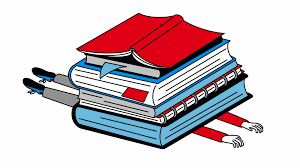
When students come into a learning space, it is essential for them to feel comfortable and confident in order to achieve their best work and maintain motivation. As a tutor, it is our responsibility to help foster this sense of safety and belonging and promote participation and engagement in every session.
There are different ways this can be achieved, such as through developing a strong and healthy relationship between the tutor and their student. Through having a healthy relationship, the child is enabled to feel comfortable asking questions, trying new things, and making mistakes in a supportive environment. Further, this trust forms the foundation for open communication, which allows the tutor to better understand the student’s needs, challenges and strengths. This leads to the next point where students can be empowered through the encouragement of mistakes and learning. Normalising mistakes as part of the learning process helps students build resilience and confidence, allowing them to approach tasks with a growth mindset rather than fear of failure.
Another way to increase student empowerment in every session is by providing them with choice and a sense of control over different activities and questions we complete. I find that by giving them options, they feel more involved and equal in the learning process, making them more inclined to participate in the activity as they build their independence. Finally, positive reinforcement allows for the reinforcement of positive behaviours such as persistence and initiative in a way that feels genuine and encouraging. By praising the student in specific areas—such as when they put effort in rather than simply being correct—the focus shifts towards growth and progress, helping them develop confidence in their abilities.
Overall, empowering students through relationships, choice and meaningful encouragement creates a supportive learning environment where they feel capable, valued and motivated to succeed.
Annabelle Molloy










